The aroma of light and prosperity is in the air and Diwali is just around the corner. This is one of the biggest festivals in the Indian tradition. This festival is sure all about happiness and celebration but it still comes with a fair set of problems. One of the biggest problems being the crackers. Not criticizing but many of the things just hate crackers namely, environment, birds, animals and your car.
You heard it right your car just hates Diwali. How you may ask? One can recall the buzzing alarms and sirens of the car’s central locking system. But ever wondered why does this happen?
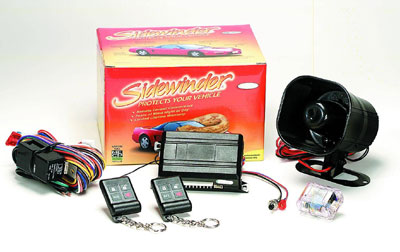
This is 2020 and cars on the road even in India are getting smarter, safer and difficult to steal. We haven’t talked much about the tech that saves our cars from theft so let’s dive right in.
The Fundamentals of Car Alarm
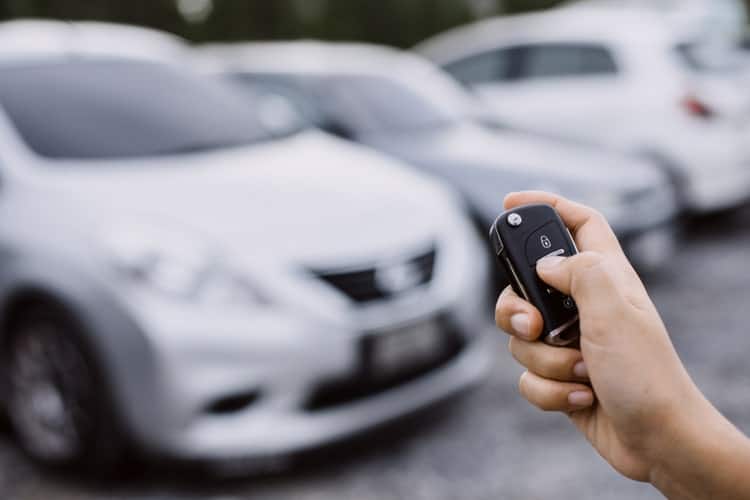
Most of the current-gen cars come with central locking or car alarm from the factory. And many of the top variants take it up a notch as they come with a keyless entry and Go. Both have similar basic working principle.
So, the major parts that run the Alarm system in a car are:
- A Loud Horn (Sometimes Loud Speaker)- The things that ring the alarm out loud.
- Several Sensors – The core unit that detects trouble.
- Receiver– The component that controls the state of the alarm system. (On or Off)
- Control Unit– The brain of the central locking system.
Basic Working
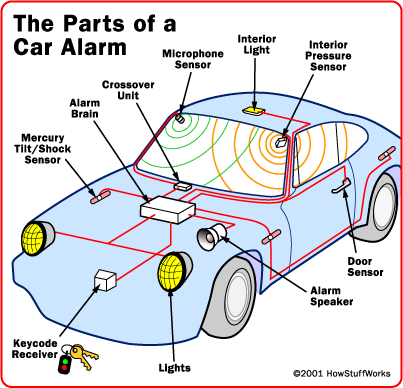
When the car is locked, the central locking or car alarm system is up and running (Pretty Obvious).
- Several active sensors across the car send the signal to the computer when it detects trouble.
- This trouble could be noise, lock picking, glass shattering and towing. More on the sensors later in the article.
- The computer sends the signal to the loudspeaker in-turn blasting the alarm making the car somewhat theft free.
Download the GoMechanic App Now!

Car Alarm System Sensors
Super important components of the central locking system are the sensors. These are the one that interacts with the outer environment and bridges the electronic world with the world around us.
Earlier the cars used to have just a couple of sensors, one in the door and the other or a tilt sensor. But modern cars come equipped with a whole lot of sensors, these include.
-
Door Sensor
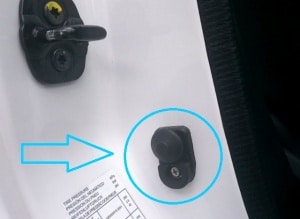
Door Sensor | Image Sensor (1) Be it an old or next-gen car both have one thing in common, a door sensor.
- This one is a vastly used sensor and as the name suggests is installed in the doors.
- If the doors are opened and the alarm system is active (The car is locked) it will send signals to the computer, in turn, sounding the alarm.
-
Tilt Sensor
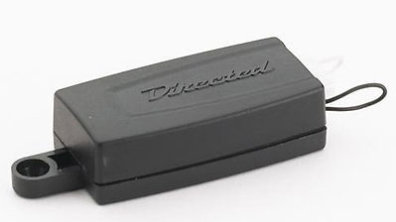
Car Alarm Tilt Sensor | Image Sensor: (1) Do you think lifting the car and towing it, a thief will be able to steal it? Well, definitely not if the car comes with the tilt sensor. This does what it says on paper.
- The sensor detects the little angle change in the transverse axis.
- The transverse axis is the one that runs across the width of the car through the centre of mass.
- A typical Tilt sensor uses a tube that is a part of the circuit and is filled with mercury.
- When the car sits on level ground the mercury inside lays flat inside allowing the charge to flow to close the circuit.
- But as soon as the car is tilted the mercury slides into one corner braking the circuit.
- This is where the sensor sends the signal to the computer and the alarm buzzes.
- A microphone sensor is also responsible for sounding the alarm when it hears really loud.
-
Microphone Sensor
It is possible to break the window to steal the car. Well, this is where the microphone sensor comes in. These sensors work in two ways.
- One, when the area around is dead silent and it there is a slight bit of noise the sensor will alert the computer that in turn rings the alarm.
- On the other hand, on a busy road with a lot of noise, the microphone sensor keeps on recording the sounds and if there is a sudden spike in, the computer will be alerted and you know the rest.
-
Proximity Sensor
Many high-end cars come equipped with a proximity sensor that senses activity at a certain perimeter.
- A proximity sensor is initially inactive.
- But as soon as it detects a physical activity really close it notifies the computer and the rest you know it very well.
-
Shock or Impact Sensor
We all have troublesome children around in the neighbourhood. This is one of the environments where the shock or impact sensor works the best.
- Banging the car, breaking glass and when a parked car gets hit is when the sensor sends the signal to the control unit.
- This is the other sensor that sounds the alarm when a cracker generates a shock wave from miles away.
Now, you know why your car schemes when it hears a loud cracker or feels shockwaves.
In the end, have a safe and prosperous Diwali.
You Should Know How to Drive Your Car Safely In A Tunnel? Best Tunnel Driving Habits
Informative: 10 Essential Car Tools You Should Always Carry In Your Car






